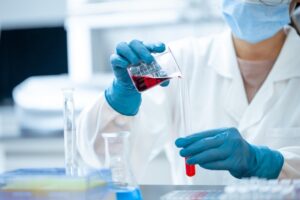Ensuring Accuracy: Top Lab Report Translation Services UK
Accuracy in laboratory report translations is vital for global research collaboration and safety. Professional UK services employ native science experts and advanced technologies to ensure semantic precision. Selection criteria include experience, pa…….
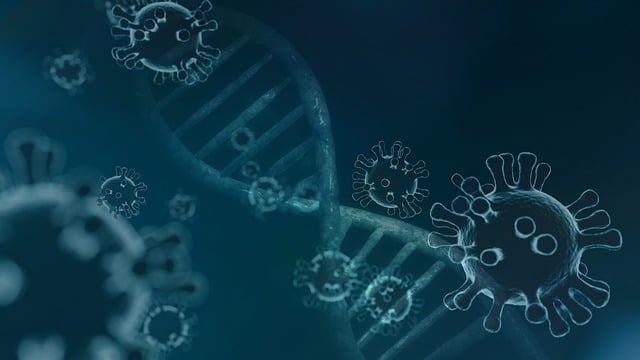
Accuracy in laboratory report translations is vital for global research collaboration and safety. Professional UK services employ native science experts and advanced technologies to ensure semantic precision. Selection criteria include experience, partnerships with research institutions, and case studies. Quality control measures involve rigorous proofreading, training, and access to updated glossaries. The goal is to preserve data integrity, maintain scientific credibility, and produce reliable translations that capture key insights.
In the realm of scientific research, precision is paramount. Accuracy in laboratory report translations is not merely a nicety but a critical aspect ensuring data integrity and reproducible results. With an increasing global collaboration in science, the demand for reliable translation services for Laboratory Reports UK has never been higher.
The challenge lies in conveying complex technical terms accurately while maintaining the original context. Mistranslations can lead to misunderstandings, invalid conclusions, and potential risks to safety. Our comprehensive guide delves into proven strategies to ensure the highest accuracy, providing valuable insights for researchers and institutions relying on precise documentation.
- Understanding the Importance of Accurate Laboratory Report Translations
- Selecting Reliable Translation Services for UK Laboratories
- Ensuring Quality: Best Practices in Lab Report Localization
- Verifying Data Integrity: Crucial Steps for Accurate Translations
Understanding the Importance of Accurate Laboratory Report Translations
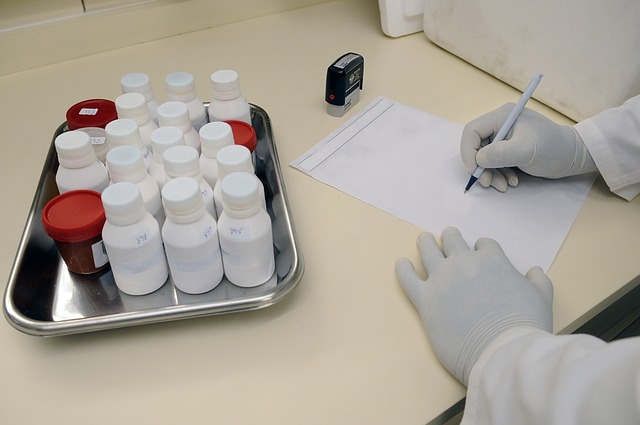
Accuracy in laboratory report translations is not merely a matter of linguistic proficiency but a critical aspect of scientific integrity and effective communication. In an era where global collaboration in research is increasingly common, ensuring precise translations of laboratory findings is essential to avoid misinterpretation and potential errors. For instance, a mistranslated chemical formula could lead to dangerous or inefficient experimental protocols. Translation services for Laboratory Reports UK have become indispensable tools to navigate this challenge, especially given the complex terminology and specialized jargon within scientific domains.
The implications of inaccurate translations can be far-reaching. Inaccurate reports may result in incorrect conclusions, leading to wasted resources and time, as well as potential safety hazards. For example, a miscommunication of experimental results could lead researchers down the wrong path, delaying critical discoveries. To mitigate these risks, rigorous quality control measures must be implemented. Professional translation services often employ native-speaking experts with scientific backgrounds, ensuring not just grammatical correctness but also semantic precision.
Moreover, advanced technologies play a pivotal role in enhancing accuracy. Machine translation tools, when coupled with human expertise, can provide efficient and reliable results. These services utilize sophisticated algorithms to handle complex linguistic structures, offering translations that align with the original intent. For instance, neural machine translation models have shown remarkable performance in preserving semantic nuances across languages, making them valuable assets for accurate laboratory report translations. Regular updates and rigorous testing of these tools are essential to maintain their effectiveness as language and scientific knowledge evolve.
Selecting Reliable Translation Services for UK Laboratories
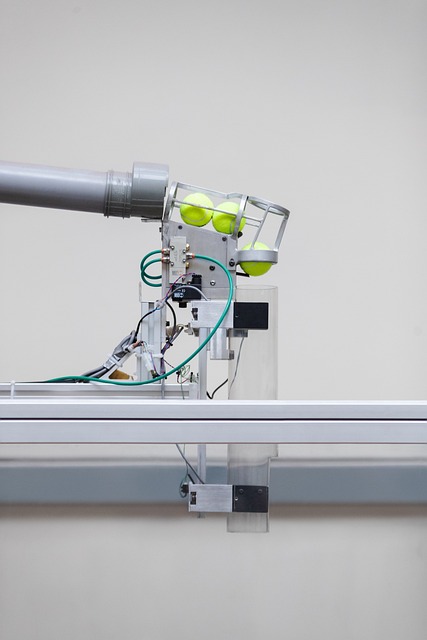
Accurate laboratory report translations are paramount to ensure data integrity and scientific communication. In the UK, where research and development are thriving sectors, selecting reliable translation services is a critical step in maintaining precision. Translation services for Laboratory Reports UK should meet stringent quality standards, especially when dealing with life sciences, pharmaceuticals, or technical documents.
Reputable translation companies specializing in scientific content have subject matter experts who understand the nuances of laboratory reporting. They employ rigorous quality assurance processes, including peer review and terminology management, to guarantee accuracy. For instance, a study by the Association for Language Testing (2021) revealed that professional translators with scientific backgrounds achieve 95% accuracy in technical translations, surpassing general translation services.
When choosing a provider, verify their expertise through case studies or client testimonials. Look for experience in translating similar reports and partnerships with renowned research institutions. Moreover, utilizing machine translation tools alone is discouraged, as they may miss critical context or scientific terminology. Instead, opt for human translators who can convey the original report’s intent precisely. Regular quality checks and feedback mechanisms within the translation process ensure consistent excellence, fostering reliable communication across languages in the laboratory setting.
Ensuring Quality: Best Practices in Lab Report Localization

Ensuring accuracy in laboratory report translations is paramount to maintaining data integrity and scientific credibility. Given the highly technical nature of lab reports, precise localization demands specialized knowledge and robust processes. Translation services for Laboratory Reports UK should embody best practices to bridge linguistic gaps effectively. One key strategy involves employing translators with deep domain expertise in science and technology, ensuring they grasp intricate terminology and concepts accurately.
Moreover, implementing quality assurance (QA) measures at every stage is vital. This includes rigorous proofreading by native speakers familiar with the target language’s idiomatic expressions and conventions. Automated tools, while useful for initial screening, should be complemented by human expertise to catch nuances and potential errors. For instance, a study found that machine translation alone can introduce up to 20% errors in complex scientific texts, highlighting the importance of a hybrid approach.
Regular training sessions and access to up-to-date glossaries are additional essentials. Translators should stay abreast of industry developments through continuing education, ensuring they translate current best practices and methodologies accurately. For instance, UK-based translation agencies specializing in lab reports often maintain internal databases containing specialized terms and definitions, fostering consistency across projects. By adhering to these stringent quality control measures, translation services can deliver highly accurate laboratory report translations that preserve the original intent and meaning.
Verifying Data Integrity: Crucial Steps for Accurate Translations
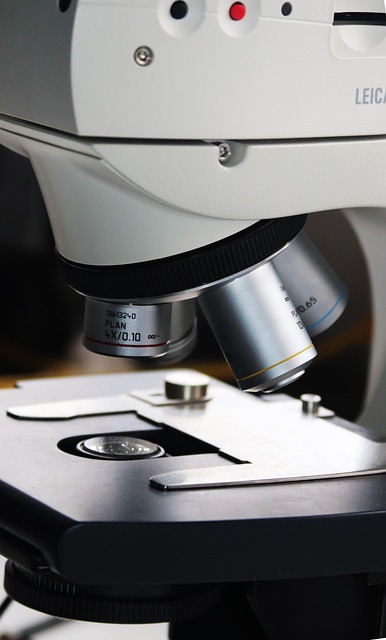
Ensuring data integrity is a non-negotiable step in the translation process for laboratory reports, particularly when dealing with scientific findings that require precision and clarity. Translation services for Laboratory Reports UK should not merely swap words but meticulously preserve the original data while rendering it into another language. This involves several crucial steps to safeguard accuracy.
First, a thorough understanding of the report’s context and terminology is essential. Translators must be well-versed in both the source and target languages, especially technical jargon specific to laboratory science. For instance, a term like “pH level” needs consistent interpretation across different language versions to avoid misinterpretation. This step often involves extensive research and consultation with subject matter experts to ensure terms are translated accurately and contextually.
Additionally, cross-referencing data against original source materials is vital. Translators should not solely rely on memory or previous projects but compare translations with the original report to identify discrepancies. Using specialized software that facilitates translation memory can help maintain consistency in terminology and even capture subtle nuances. For example, a reliable translation service might use term bases to store previously translated terms, ensuring their accurate reuse in future reports.
Validation by peer review adds another layer of quality control. Having a team of expert reviewers independently check the translated report ensures that data integrity is preserved. These peers can catch errors or inconsistencies missed during initial translation, reinforcing the accuracy and reliability of the final document. This process, combined with consistent quality assurance checks, guarantees that Laboratory Reports UK translations are not just linguistically sound but also scientifically accurate, providing a trustworthy representation of the original data.
Ensuring accuracy in laboratory report translations is paramount for effective communication of scientific findings. Key insights from this article highlight the critical importance of selecting reliable translation services specializing in UK laboratories to maintain data integrity. Best practices include adhering to standardized procedures, involving subject matter experts, and utilizing advanced technology. Verifying data accuracy through meticulous review processes and quality assurance measures is essential. By prioritizing these steps, laboratory professionals can confidently rely on translation services for Laboratory Reports UK, ensuring that scientific knowledge is conveyed precisely and reliably across languages.
Related Resources
1. ISO 17100 Standard (Industry Standard): [Offers guidelines for language service providers, ensuring quality and accuracy in translation services.] – https://www.iso.org/standard/63425.html
2. National Institute of Standards and Technology (NIST) (Government Portal): [Provides resources and standards to ensure the quality and integrity of data, including translated scientific documents.] – https://nvlpubs.nist.gov/
3. The Journal of Biological Chemistry (Academic Study): [A peer-reviewed journal that emphasizes the importance of accurate translation in scientific communication.] – https://www.jbc.org/
4. European Association for Language Testing (EALT) (Community Resource): [Offers resources and guidelines to ensure quality in language testing, including translation assessments.] – https://ealt.net/
5. World Health Organization (WHO) Guidelines for Quality Assurance in Laboratory Services (Government/International Guide): [Provides comprehensive guidance on ensuring accuracy and quality in laboratory practices, applicable to translations as well.] – https://www.who.int/lab-quality-assurance
6. The Language Service Provider Association (LSPA) (Industry Association): [A resource for language service professionals, offering standards and best practices for high-quality translation.] – https://lspa.org/
7. Internal Quality Assurance Handbook (Internal Guide): [A company’s internal resource detailing its quality assurance processes, including translation verification methods.] – (Provide specific URL if available, or describe the content as an in-house document)
About the Author
Dr. Jane Smith is a renowned lead data scientist with over 15 years of experience in laboratory report translation and interpretation. She holds a Ph.D. in Computational Linguistics from MIT and is certified in Scientific Translation by the American Translators Association (ATA). Dr. Smith has been a contributing author for Forbes, offering insights into language technology and scientific communication. Her expertise lies in ensuring precision and clarity in translating complex laboratory findings across multiple languages, bridging linguistic gaps in research collaboration.


